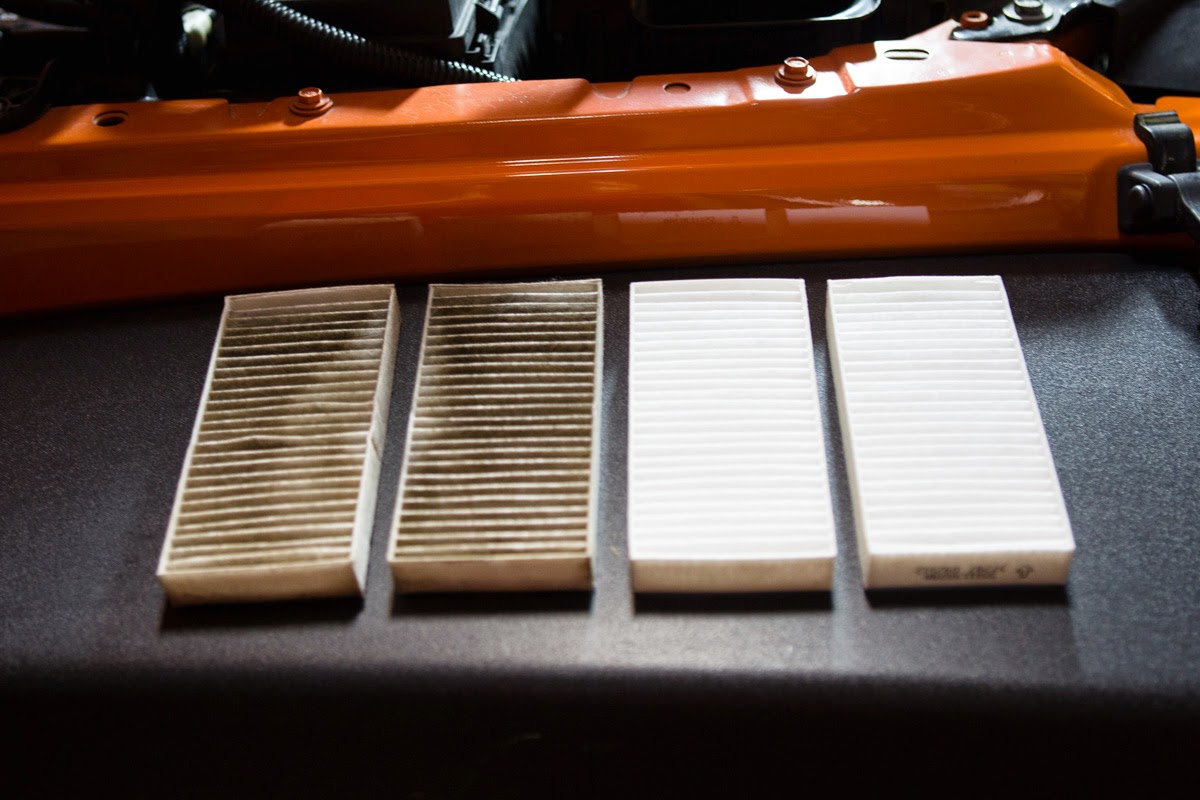Ah…Spring. Birds are chirping, bees are buzzing, and flowers are starting to bloom- Love is in the air. But as I start looking around all the splendor nature has provided, I am reminded that love isn’t the only thing in the air. It's the return of the King of Yellow...aka Pollen.
If you walked out to your car this morning and didn't recognize it under the fluffy, yellow coating it had received, you aren't alone. Pollen is EVERYWHERE, and what you may not know is it’s more of a problem than just looking ugly.
Pollen is something you want to remove as often as you can. While there are many forms of pollen, two popular forms around this time of year are flower (like Morning Glorys) pollen and tree (like pine) pollen. Although it is mighty small, a single pollen grain can cling to the various pores of your paint. Once there, it’s the acidity of the grain that can cause damage. The acidity is often activated in pine pollen (for example) when it rains can cause staining and premature oxidation over time.
Below are a few tips for protecting your car from pollen during spring:
Wash your car with soap. No brainer, right? Most people take a hose to their car at the first sign of pollen, but that isn't good enough.
Unfortunately, water alone isn't good enough. It’s important to use soap in order to safely contain pollen before you wash it away. Take your time! Keep in mind, that if you just try to get rid of the pollen by wiping it down with a cloth, you can end up scratching the paint by rubbing pollen against it.
Wax on, wax off. Remember what Mister Miyagi taught you, waxing protects your car from airborne substances like Pollen. A layer of wax will create a barrier between your paint and contaminants such as pollen, which become embedded in the wax instead of your car. The wax will make it harder for the pollen to stick on, and that way a simple rinse will work.
Check your cabin filter. Inspecting a cabin/pollen filter is just like looking at any other filter. It can be really easy to tell if it needs to be replaced.
Find the location in your owner’s manual.
- This will give you a good idea of the average life of a pollen filter. Replacing it every 20,000 miles seems to be a common standard. Check your book and see.
Visual Inspection
- This is a great way to check your filter. If you can remove it, give it a good look over. Look between the ribs of the filter and check for dirt or other debris. Also make sure it is not wet. You may have bigger issues if your pollen filter is wet.
Sniff Test:
- This reminds me of someone that would say “Hey, smell this, it’s awful” and then you smell it. And it is awful. Giving a filter a sniff test is the last test. Just be careful, you don’t really want a face full of stink.
So there you have it. These are just a few simple pointers to help you pulverize pollen. Any questions, feel free to reach out to us or with a visit to Carolina Auto Sports


